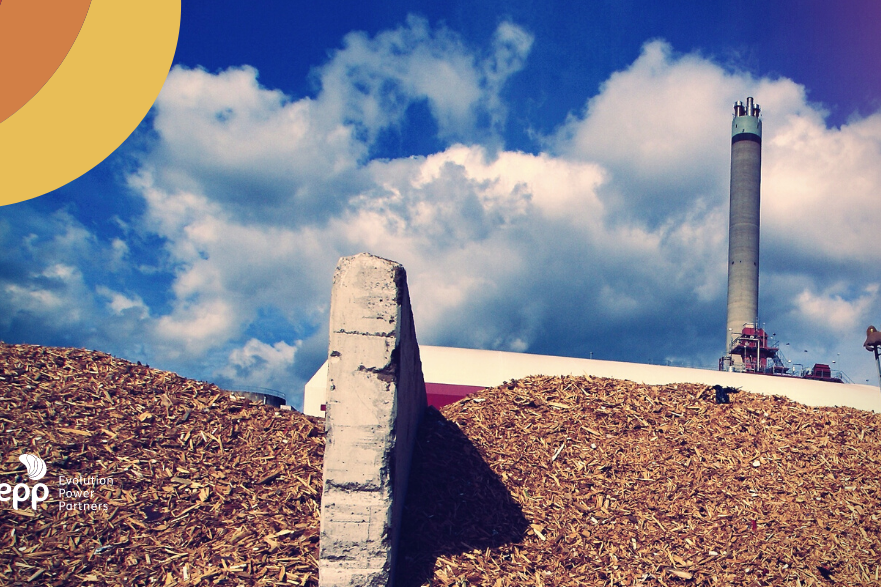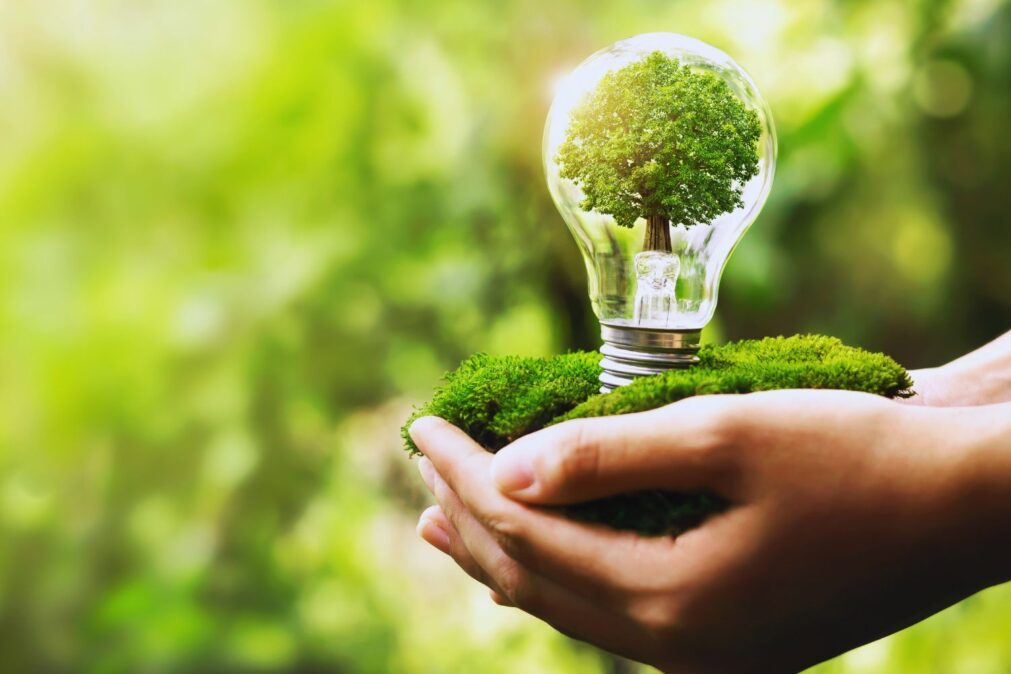Between 2015 and 2018, the average growth of energy generated with biomass was 2.9%. Understand the power of biomass in the Brazilian energy system.
At a time of energy transition, the power of biomass stands out and gains strength as an alternative and viable energy source to expand on Brazilian soil. With the water crisis and consequently the energy crisis that the country has been experiencing since 2021, clean and renewable sources gain relevance in the development scenario.
As the world progresses, energy generated from sugarcane biomass and other waste is gaining prominence. The average growth of energy generated from this source was 2.19% between 2015 and 2018.
According to calculations carried out by the IBGE, in 2018 alone, the energy production of this model was 54.4 thousand GWh, representing 9% of all electricity generated in the country. Currently, most of this energy produced is consumed by the segments that generated them, but the expectation is for expansion with the implementation of larger projects.
The power of biomass in the energy system
In a positive way, the Brazilian electricity sector stands out as one of the most renewable in the world, with 83% of the use of renewable sources in the matrix. Sugarcane bioelectricity holds 12GW and a 7% stake in the Brazilian matrix.
In the 2020 Annual Electricity and Energy Operation Plan for Isolated Systems, the National Electric System Operator (ONS) predicted an increase in the presence of biomass from 9MW to 55 MW by 2022. The plan considers 165 isolated systems, located mainly in the North region of country, in the states of Acre, Amapá, Amazonas, Mato Grosso, Pará, Rondônia, Roraima, and the island of Fernando de Noronha, in Pernambuco.
The last National Energy Plan 2050, carried out by the Energy Research Company, indicated that, in the best scenario, biomass could reach 29 GW in 2050. In other words, generate the equivalent of two hydroelectric plants like Itaipu. In the worst case scenario, the value would reach only 13 GW, representing irrelevant growth until 2050.
Currently, most of the energy generated is consumed by the generators themselves and only 15% is used in the national energy grid. According to a survey by UNICA and Cogen, with an emergency auction for the purchase of extra production, it would be possible to generate almost 3,000 GWh in 2022 with government incentive measures.
Biomass and the development of other models
In addition to the generation that already occurs, the power of biomass also has the potential to develop other sources. The use of biomass and its derivatives — so abundant in our country — help in the generation of renewable hydrogen. In this sense, the production of hydrogen by reforming ethanol or glycerin (the main by-product of biodiesel plants) and by pyrolysis/gasification of residual biomass (such as bagasse and sugarcane straw, corn cob, eucalyptus husk and fiber) stands out. Of coconut.
Furthermore, estimates suggest that the cost of producing hydrogen by gasification of biomass is in the order of U$ 1.2-3.5/kg H₂, being competitive with hydrogen generated by electrolysis. With this model, production from biomass can also contribute to decarbonization goals, considering the consumption of CO₂ by the photosynthesis process during plant growth.
It is estimated that the generation of sugarcane bioelectricity in 2020 has additionally avoided the emission of 6.3 million tons of CO2, a mark that would only be reached with the cultivation of 44 million native trees over 20 years.
In other words, the power of biomass comes from multiple factors that together manage to make the energy transition viable, stimulate new investments in the sector and develop the area of clean and renewable energy. To learn more about producing hydrogen from biogas, read the content on the blog.
Evolution Power Partners (EPP) is part of the Urca Energia group and develops projects for thermoelectric plants in Brazil for centralized energy generation. EPP has already developed more than 50 projects, has a greenfield portfolio of more than 4.5 GW and is ready to offer the best solution in energy generation for different contracting environments in Brazil.






